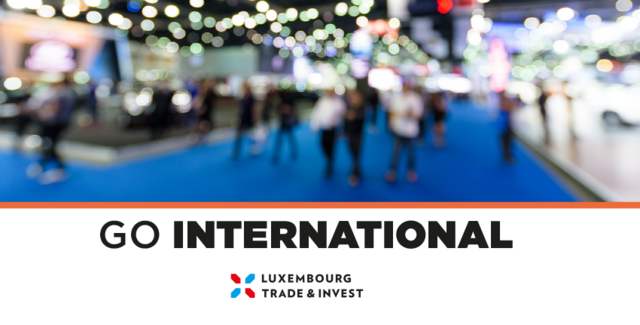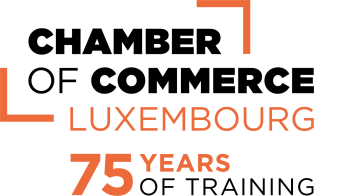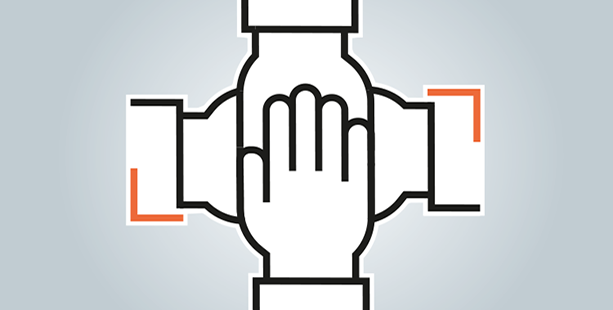

With just 13 employees, the production at Goodyear began on November 21, 1898, with a product line of bicycle and carriage tires as well as horseshoe pads. Founded by the Seiberling brothers, the company took the name of Charles Goodyear, who discovered the vulcanization. Today, Goodyear is the world’s largest tire company and employs approximately 66,000 people worldwide.
Goodyear in Colmar-Berg is an integrated industrial complex, comprising various plants and operations. It is Goodyear’s most diversified complex outside the United States. It all started with the Tire Plant in 1949, which has become Goodyear’s largest production plant in Europe for Truck and Earthmover tires.
At the Mold Plant, aluminium and steel molds are designed and produced for all types of tires and the vulcanization presses around the world manufacturing facilities.
At the Regional Calendaring Centre, Goodyear calendars and applies rubber to fabric cords which is used in the tire manufacturing process in many of European tire plants. High-quality and top performing tires require in-depth research and development. The Goodyear Innovation Centre Luxembourg (GIC*L) was established in 1957 to this end.
Together with GIC*A (Akron), it spearheads Goodyear’s research and development throughout the world. GIC*L has a staff of more than 1,000 engineers, scientists and technicians engaged in the development of car, light truck and truck tires mainly for the European, Middle East, African and Asia-Pacific markets.
Goodyear employs approximately 66,000 people worldwide and manufactures its products in 49 facilities located in 22 countries around the world. With about 3,250 associates, Goodyear is today the number two industrial employer in Luxembourg.
In 2015, Goodyear sold 166 million tires worldwide and generated a turnover of 16,443 mio US$. To put this in perspective, 166 M tires sold represents approx. 5 tires sold per second around the world.
Interview with Carlos Cipollitti, general director GIC*L, and François Delé, director Manufacturing EMEA.
What projects are you currently working on?
“At GIC*L, we have just finalized the development of our newest Ultra High Performance tires: the Eagle F1 Asymmetric 3 from Goodyear and the Sport-Maxx RT2 from Dunlop. They are currently being introduced to the market. We also continue to work on developing new technologies to provide our customers tires with very low rolling resistance, without compromising performance and safety. In the truck segment, we have introduced several new products for the Goodyear brand with focus on fuel consumption (FuelMax), high mileage and sustainability (KMax). The Dunlop brand will introduce two new versatile truck products in spring 2016 offering improved mileage, better fuel consumption and top winter performance. Our focus for the coming years will be to develop tires for future autonomous vehicles.
Our vision in this respect was recently unveiled at the Geneva Motorshow with the ‘Eagle 360’, a revolutionary proposal from Goodyear with a spherical, 3-D printed tire. This presents an inspiring solution for when autonomous driving is expected to be more mainstream. Currently we are developing the Goodyear Intelligrip tire, i.e. tire chip and sensor technologies in tires that will help the tire communicate with the vehicle’s central computer system, thus contributing to delivering improved driving performance and safety (IntelliGrip).
What successes are you particularly proud of?
“GIC*L engineers have developed an excellent range of tire products for consumer and commercial tires in numerous brands and applications and these tires have repeatedly been rated very well by independent test authorities, tire and car magazines. This has helped to grow our sales despite a challenging economic environment over the last few years. In addition, in Luxembourg our employment has remained fairly stable and in GIC*L we ever recruited more associates over the last few years.
What are the biggest challenges your sector is facing?
“Besides severe competition on the global tire market, there is another important challenge to consider for Goodyear Luxembourg and that is finding a skilled and qualified work force in manufacturing and engineers for our R&D center. The Luxembourg Automotive Campus in Bissen recently announced by Mr. Étienne Schneider, minister for the Economy, and offering a state-of-the-art working environment should help address the current and future needs of Goodyear and help attract the right skilled talents in a multitude of disciplines.
If you could change one thing about your sector, what would it be? How could the Chamber of Commerce support you?
“At Goodyear, we offer ongoing dedicated training to many of our associates at all levels in our organization. This ensures that our associate’ skills levels are adapted to our global challenges and technological and innovative progress in our society.
Goodyear would like to continue to offer this to all its associates and the general assistance and guidance from the Chamber of Commerce is highly appreciated.”
Short history
- 1898: Frank Seiberling borrows $3,500 from his brother-in-law to buy an abandoned strawboard factory on the banks of the Little Cuyahoga River in Akron, Ohio. Seiberling and his brother Charles found The Goodyear Tire & Rubber Company on August 29
- 1910: Goodyear expands internationally
- 1916: Goodyear becomes the world’s largest tire company
- 1928: Goodyear builds blimps for the navy
- 1957: Goodyear Innovation Centre Luxembourg (GIC*L)
- 1970: Mold Plant Luxembourg starts activities
- 1977: First all season tire introduced
- 1994: Manufacturing begins in China
- 1999: New joint ventures in North America, Europe, Japan. Goodyear becomes the largest tire company with this alliance
Photos: Pierre Guersing









